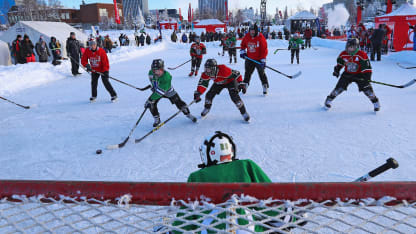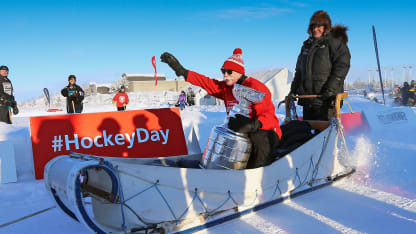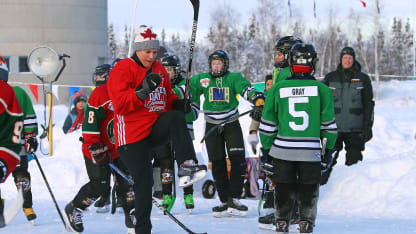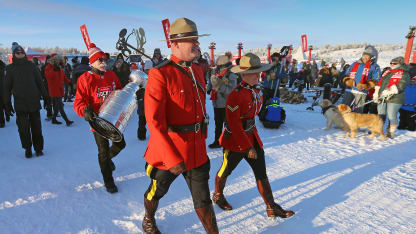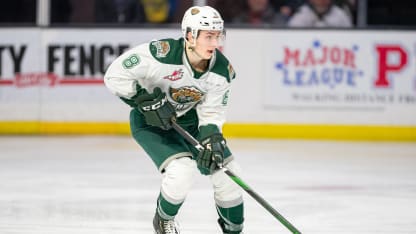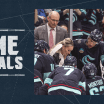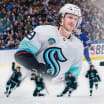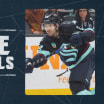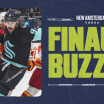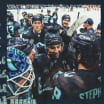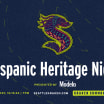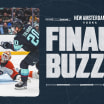Seattleites certainly know how sports can unite a region. We've celebrated the championship parades and admired the outreach work by our teams' athletes on behalf of communities and charitable causes. We love our sports and they love us back.
Such community spirit and symbiosis was on display last weekend in Yellowknife, a town of 20,000 in the Canadian province Northwest Territories, which hosted this year's Hockey Day in Canada broadcast aired by the CBC network. Yellowknife is approximately 1,500 miles north of Seattle and just 250 miles south of the Arctic Circle. Brrrr, yes it was cold, as in a few degrees below zero Fahrenheit can be the high temperature of all of February-which makes the esprit de last weekend all the more impressive.
True North, Way North
Just 250 miles south of the Arctic Circle, the town of Yellowknife hosts the annual Hockey Day in Canada in a pure show of unity through sport
